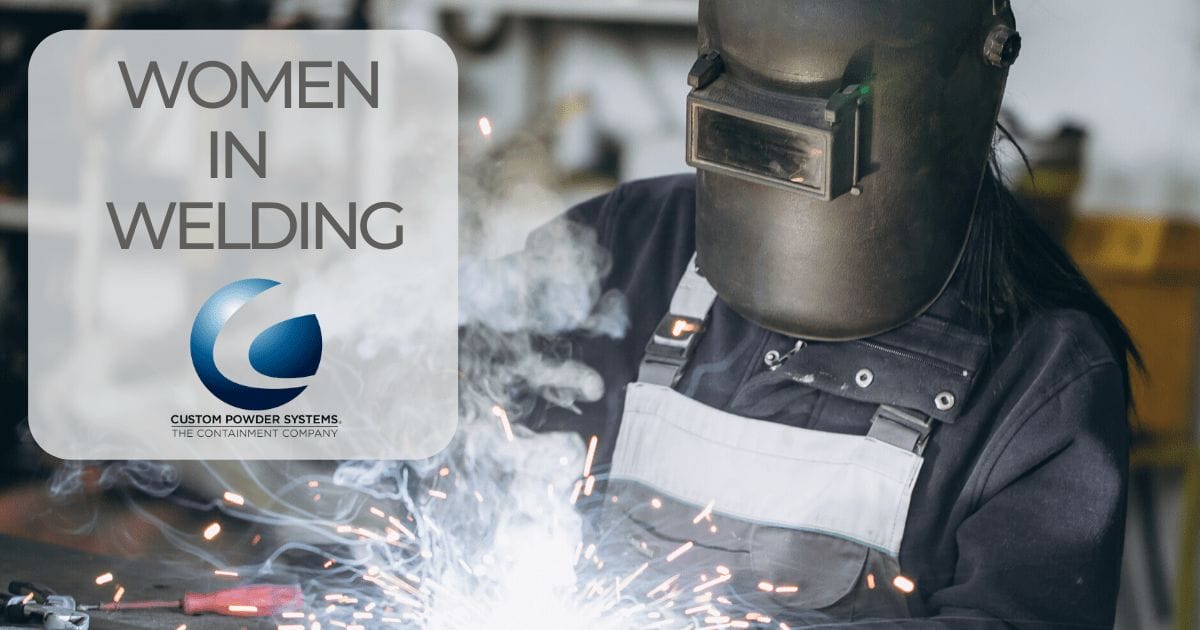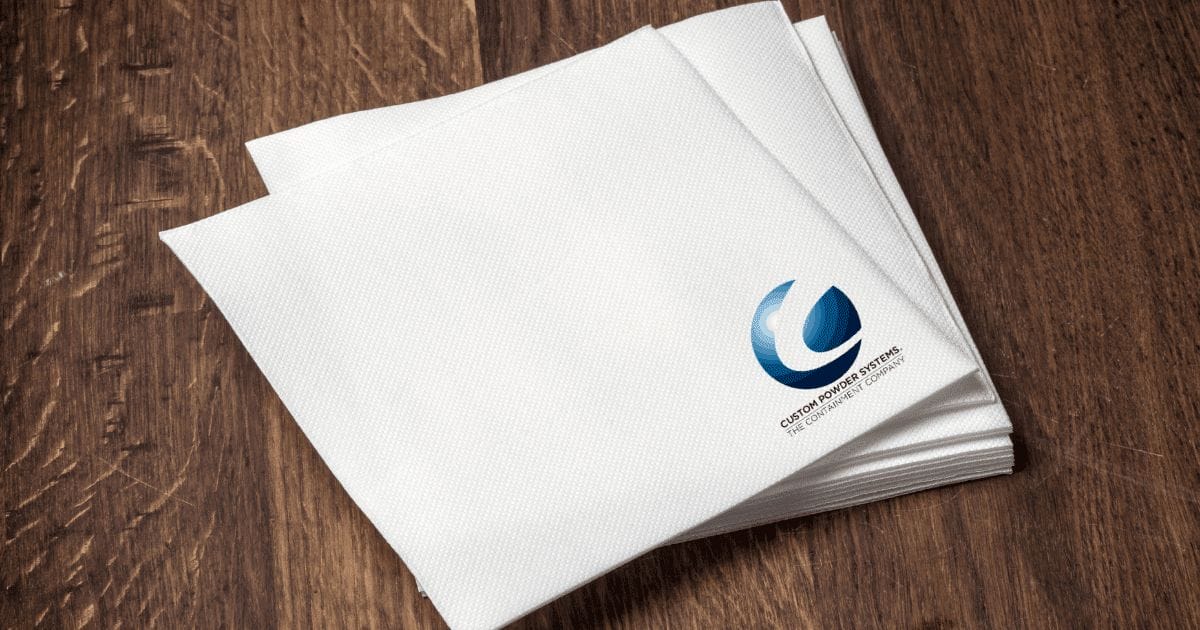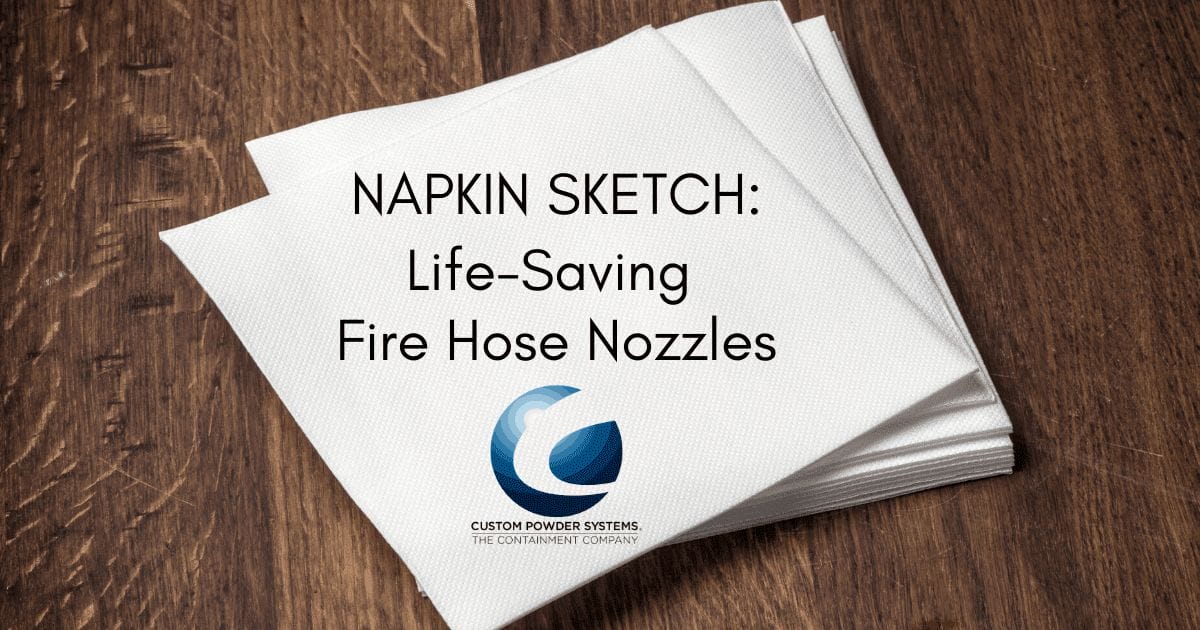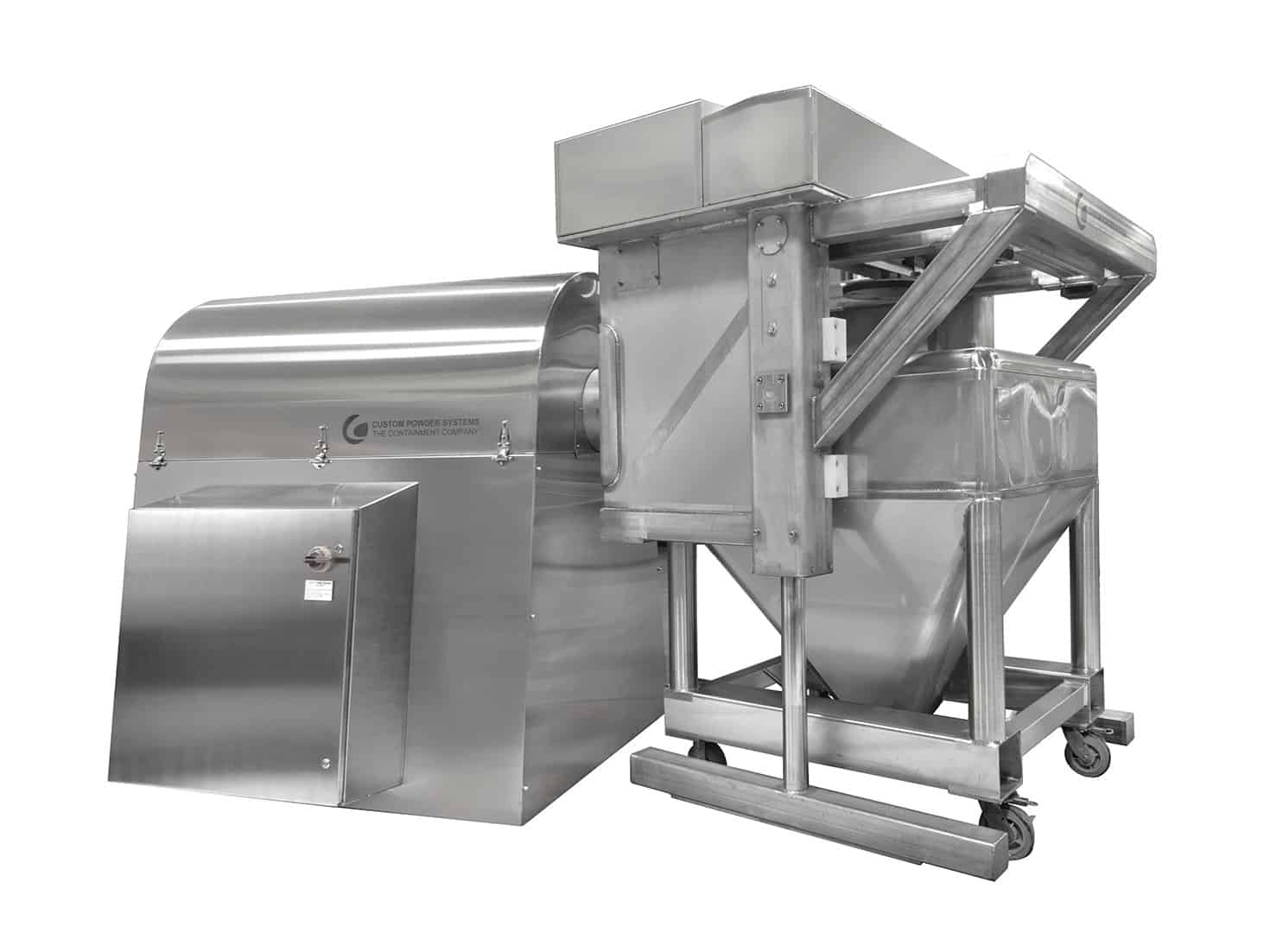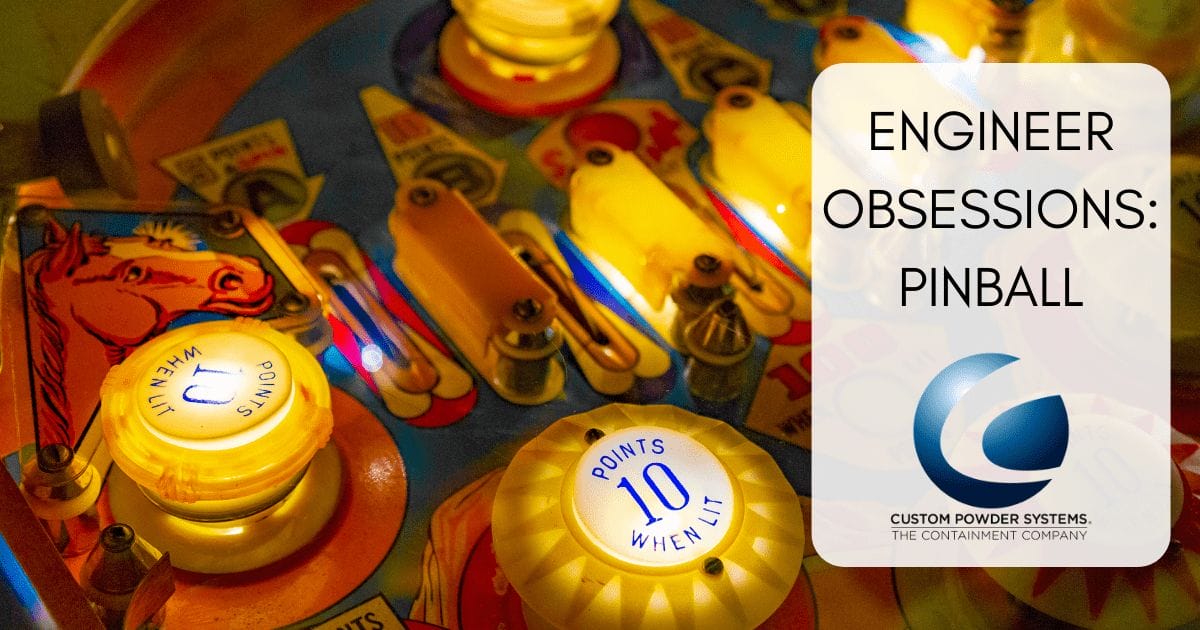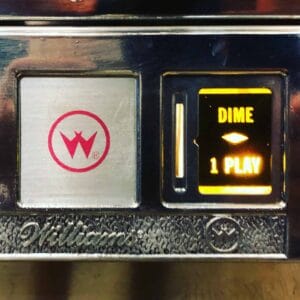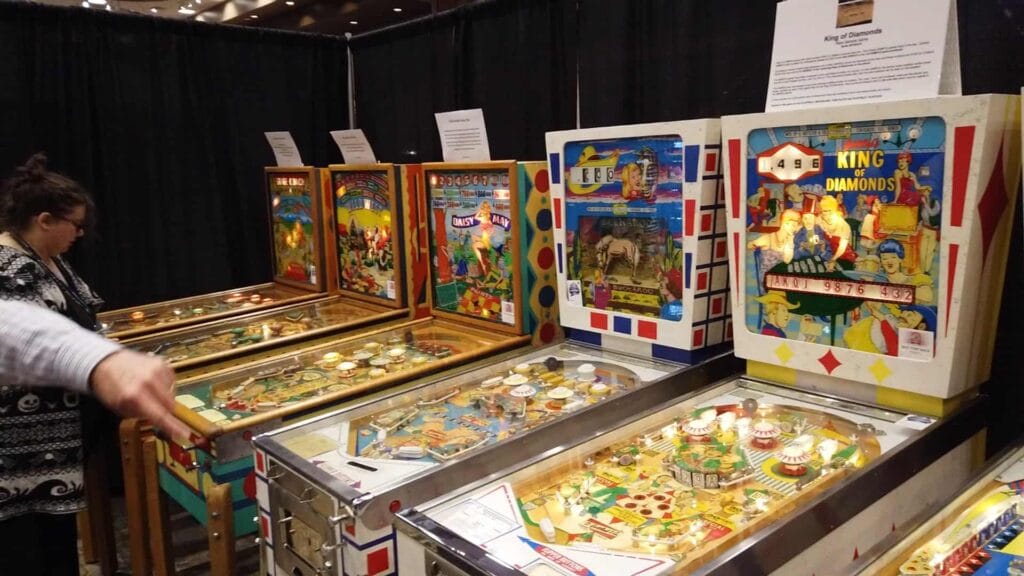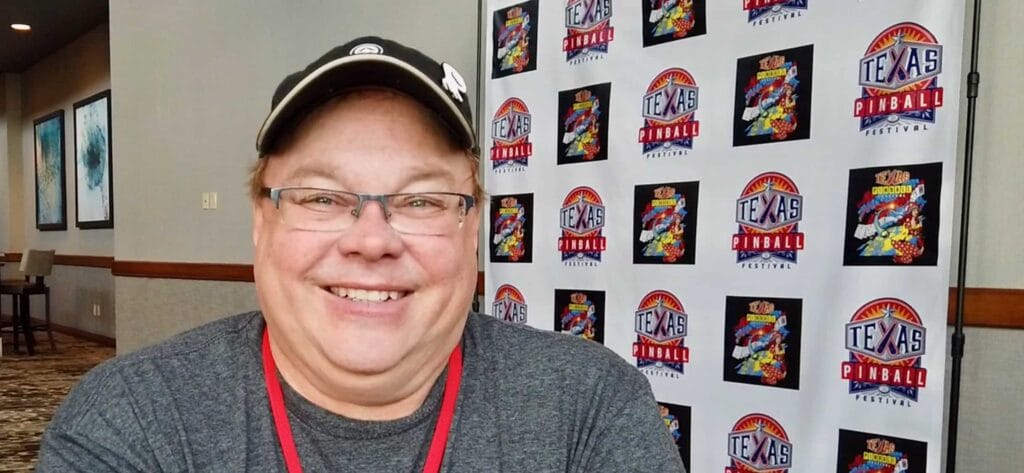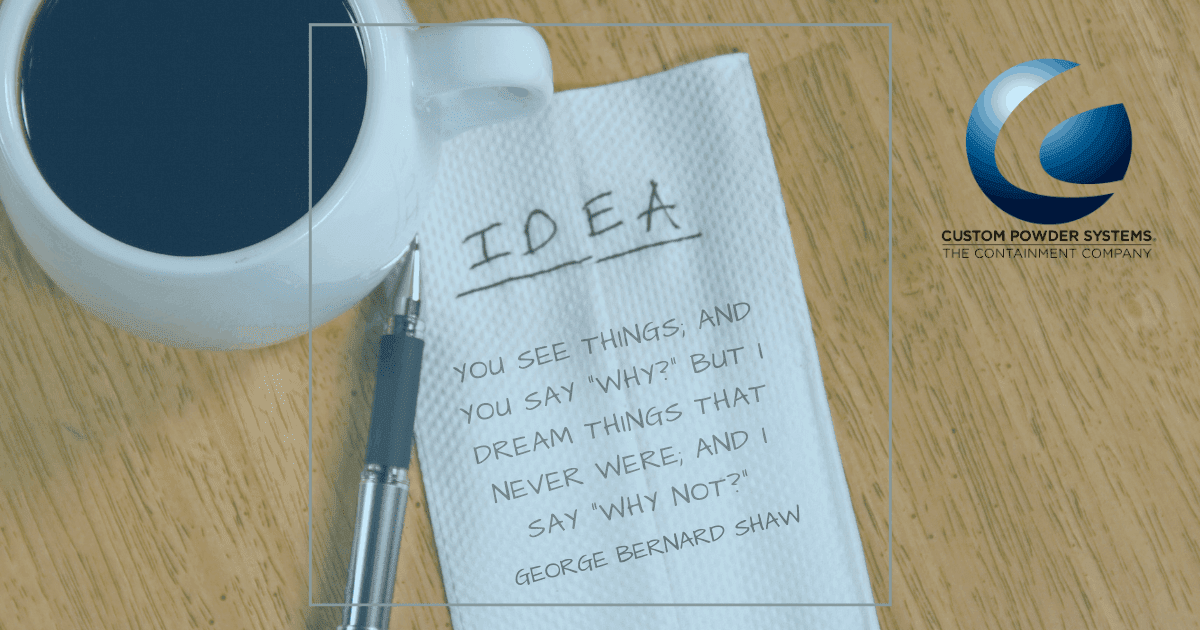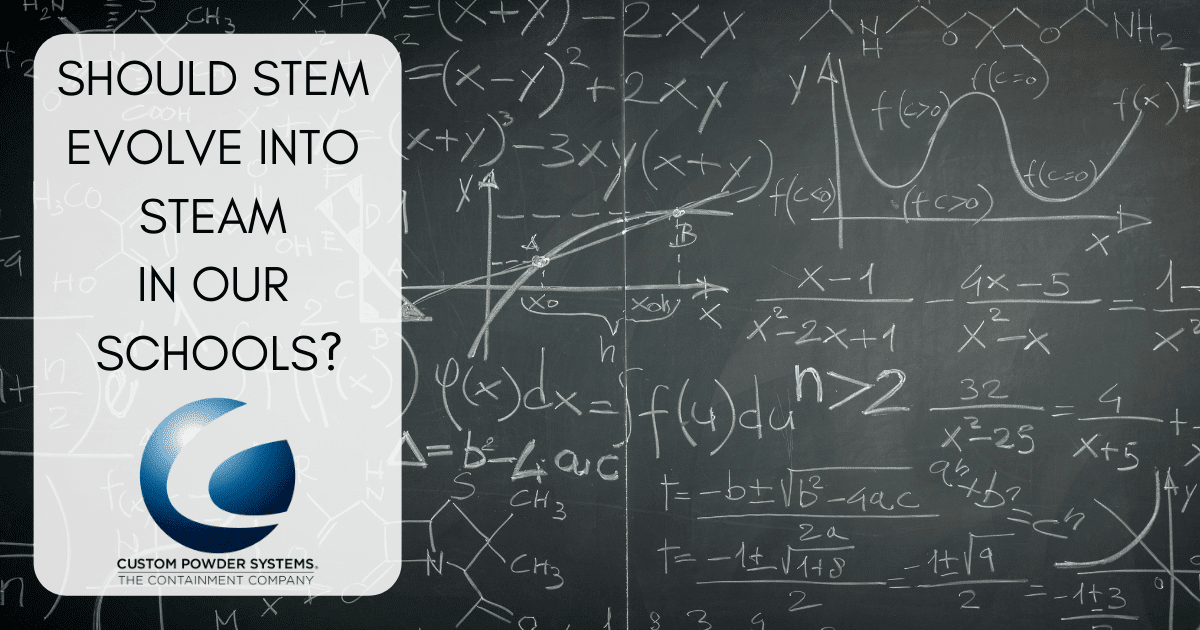During World War II as all the “boys” were off to war, women stepped in and took up factory jobs. American women were working around the clock to make sure our troops had the tanks, jeeps, airplanes, and artillery needed to get the job done.
Post-war America saw more and more jobs move into the office setting. But not all of them. Not by a longshot. As many from the millennial generation, and younger, gravitate to tech jobs, a large hole is being created in the manufacturing industry. It’s created an opportunity for many, and women are back at it! Since 2004, the number of women entering welding apprenticeship has increased by 35%.
Custom Powder Systems works closely with Ozark Technical College in Missouri helping young adults find their way into something more than a job. We help them build a career in manufacturing.
DeAnn Kraichely, our Director of Human Resources, was recently tasked with attending Manufacturing Day at OTC and met Nadine, who would become our first female welder in the company. “She had no skills for aluminum, but she could weld stainless steel.” This didn’t disqualify Nadine, because DeAnn saw an opportunity to help a new employee grow. “It was a big opportunity for her, but it was also a big one for us.” Giving her the chance to show her willingness to learn worked out great for both Custom Powder and this young welder. “She was willing to do whatever it took,” DeAnn said. “Her attitude had a lot to do with it, but I saw the guys rally behind her. They wanted her to succeed, and that was a big part of it.”
The hiring process is a two-way street.
A company is evaluating a new employee, while the employee is sizing up the company. A good reputation isn’t something that just happens, it requires both leadership from the top and teamwork from the staff. Nadine shared with her fellow students at the technical college that Custom Powder Systems is “real.” DeAnn says that comes from the family atmosphere found in each department. “They go over the goals with the employees…they’re very open and honest with what we’re working towards and what we’re trying to do.” This deliberate approach to openness accounts for much of what makes Custom Powder Systems one of the great manufacturing companies to work for in the area.
According to the Bureau of Labor Statistics, there are over a half-million unfilled jobs in the manufacturing industry. Finding people who “perfectly” fits a job description is becoming increasingly difficult, which is why Custom Powder Systems is always looking for those diamonds in the rough, like Nadine. Welding and other manufacturing jobs provide a great opportunity for young women and men looking for a good-paying job, without the ever-increasing costs of attending a four-year university.
We’re proud of Nadine, and all of our employees, who work hard every day to help us forge strong bonds with our customers.
We’d love to talk with you about any current challenges you may be facing. Please call us at (417) 868-8002 or fill out the short form below:
Please select a valid form
